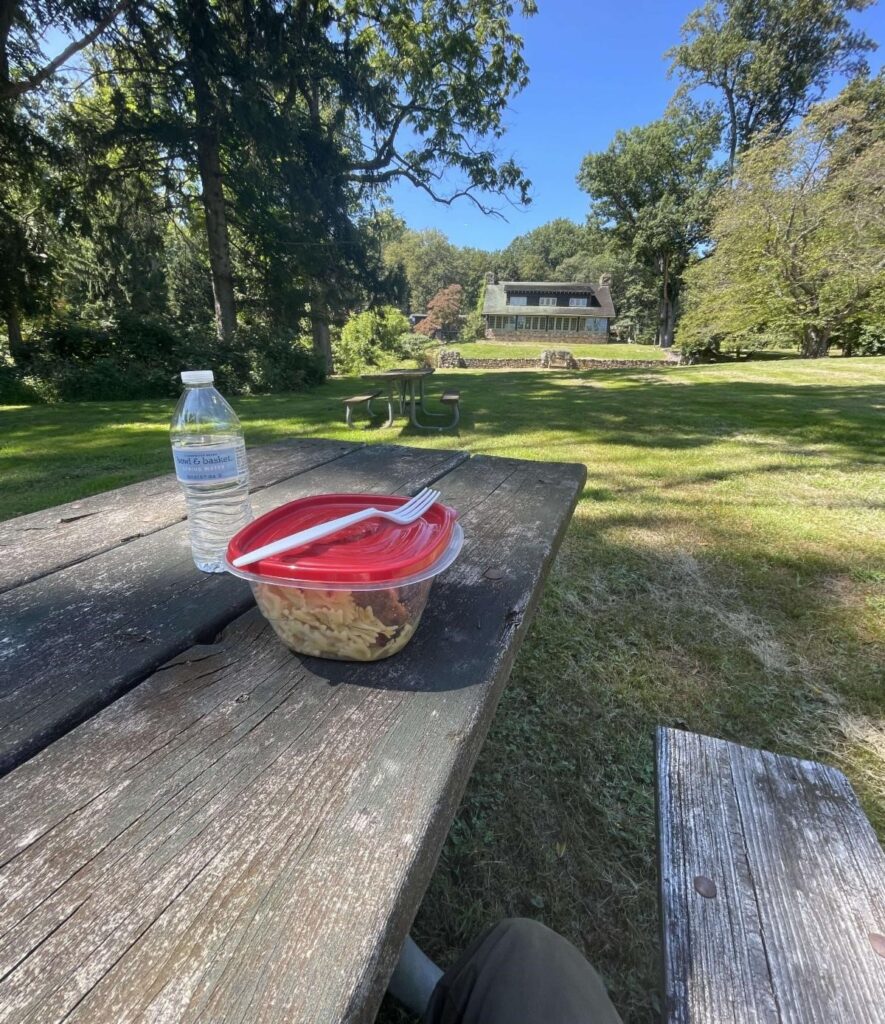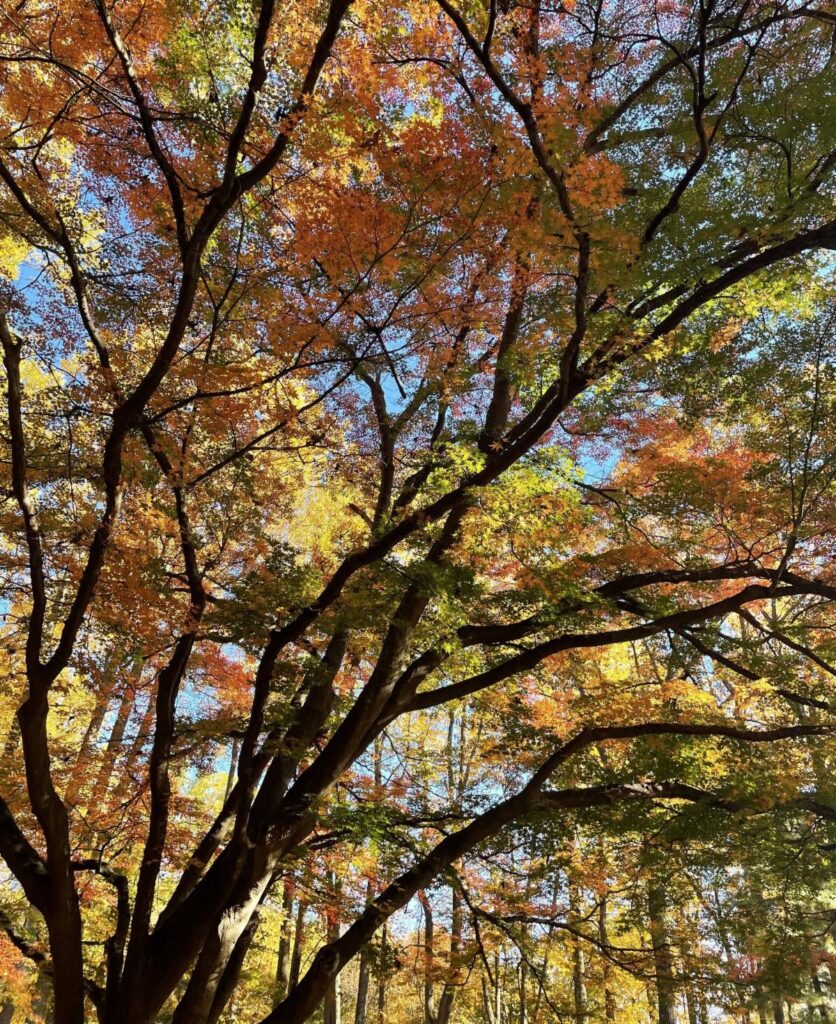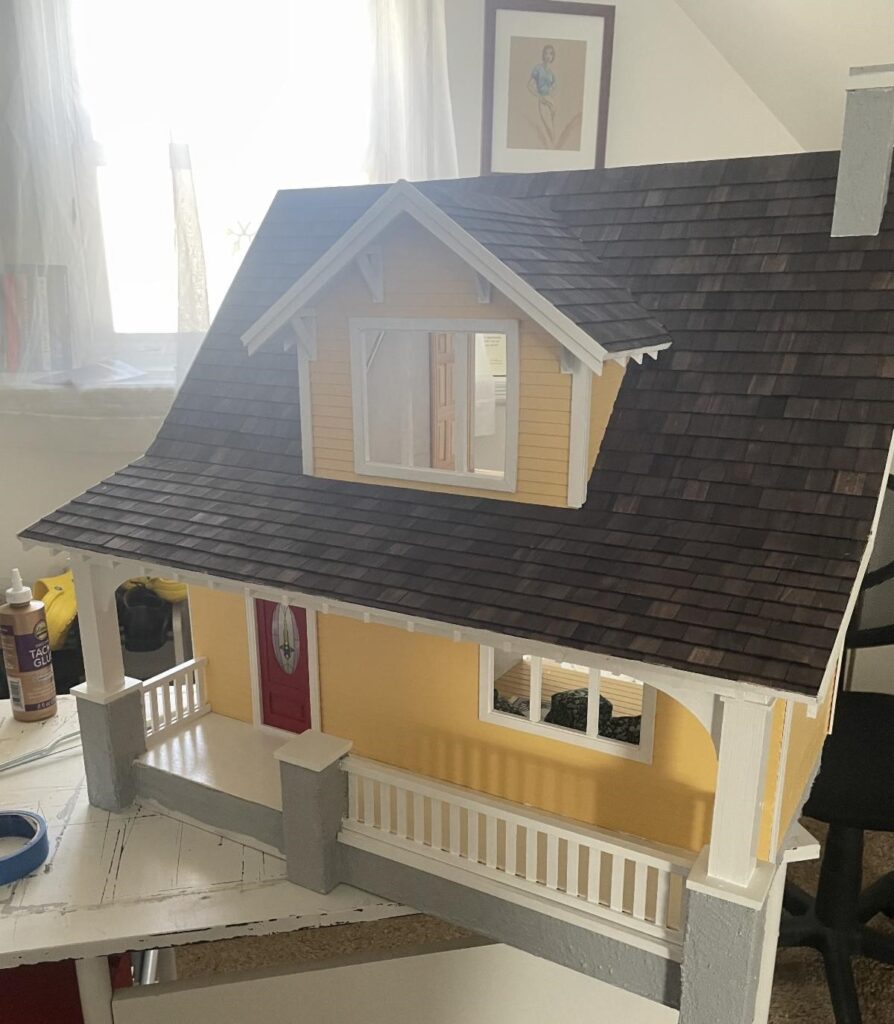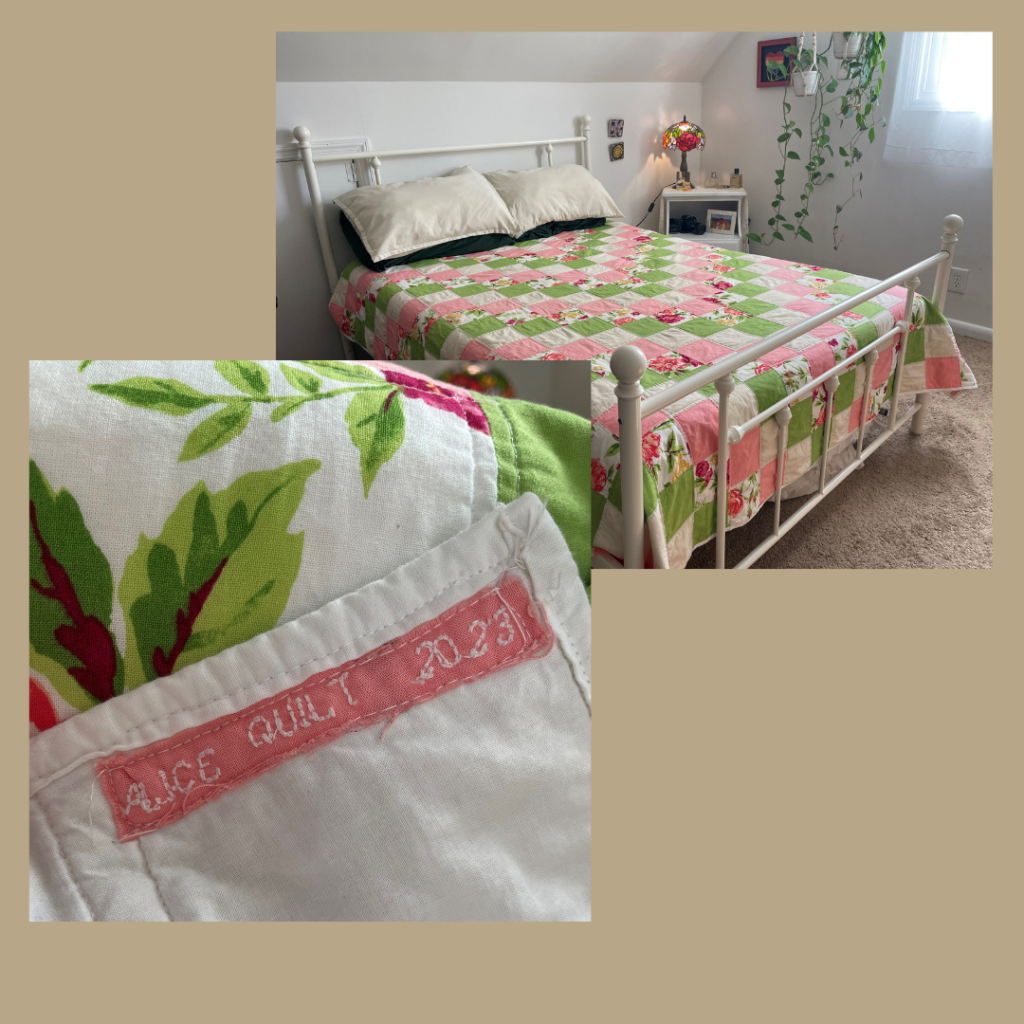Our newest staff member, Samuel Calabrese, the museum’s Member & Visitor Services Coordinator, reflects on his past year at Craftsman Farms.
Simplicity For Me
By Samuel Calabrese,
Member & Visitor Services Coordinator
When Executive Director Vonda Givens asked me to write my first blogpost about what Craftsman Farms meant to me, I immediately thought of The Craftsman magazine. And much like Gustav Stickley did in October 1901, I am turning to William Morris for inspiration through a celebrated quote that reads:
“Have nothing in your houses that you do not know to be useful or believe to be beautiful.”
While this quote can be interpreted as Morris’ belief that both usefulness and beauty were essential qualities in design, the words have an inherent simplicity to them. They tell us to build our lives around what we need and what brings us joy, silently highlighting an awareness of the complications inherent in lives of excess. Working at the Stickley Museum at Craftsman Farms has provided me with a position where I can connect people from all walks of life with those simple joys and opportunities to discard the excess. In a world that is constantly evolving with new technologies and trends, with stimulation and over-stimulation, it’s far too easy to get caught up. It is easy to overlook the value of simplicity. Craftsman Farms, while it is my place of work, is also that simplicity for me.
I recall my first day at Craftsman Farms last summer. It was August 3rd, the sun was glittering through the leaves, sounds of wildlife crooned from the woodlands surrounding, and the air was vaguely breezy with slight remnants of smoke from the Canadian wildfires. I was feeling all the emotions one feels when starting a new chapter: nervousness, excitement, and a true sense of pride. I was both proud and grateful to be starting work, my first post-college job, at an organization that represented much more than just a job, but an opportunity to immerse myself in a rich tapestry of history, artistry, and culture.

As Member & Visitor Services Coordinator, I routinely speak with Members and visitors alike, taking care of inquiries and questions regarding tours and upcoming programming. I craft social media content that inspires our followers to pause and reflect on the nature, craftsmanship, and the wonder enveloped in Craftsman Farms. I also have the privilege of working beside a dedicated group of gracious volunteers who have their own special connection to the property. On the weekends, alongside Assistant Manager of Member & Visitor Services, Meghan Fletcher, I prepare the Log House for tours, greet visitors from all across the country, and contribute to the ongoing dialogue surrounding Gustav Stickley and his beautifully planned “Garden of Eden.” (“A Visit to Craftsman Farms: The Impression it Made and the Result: The Gustav Stickley School for Citizenship,” The Craftsman, Nov. 1912.)

In 1913, Gustav Stickley remarked on the refinements to be made to his Garden of Eden, “We will simplify here another year. We will use fewer colors.” (“Craftsman Farms: Its Development and Future,” The Craftsman, Oct. 1913.) While many of the plantings referenced in The Craftsman are no longer present at Craftsman Farms, the sense of ethereal simplicity he wished for can still be felt with each passing glance. This feeling is ever present, but it is especially noted when I perform my weekend property checks. Getting passed the “property check baton” from Director of Collections & Preservation Jonathan Clancy, who performs these checks daily during the week, grants me the opportunity to intimately engage with the architecture, craftsmanship, and natural beauty of my surroundings. It allows me to decelerate and experience my own sense of harmony with the environment.
As the months began to pass, I found my work at the museum to be incredibly meaningful, deeming it to be a true respite from the hustle and bustle of the outside world. It made me wonder: How could I further mirror that in my own life? I had always endeavored to live simply, but I was inspired, I then consciously developed a “[…] companionship of gardens, and a wholesomeness of suburban living” and grasped “the health and efficiency which these imply.” (“The Craftsman Movement: Its Origin and Growth,” The Craftsman, Oct. 1913.)
I centered my free time on several activities and hobbies that brought me joy and encouraged me to think simply. I had always engaged in pastimes to keep me occupied, but thinking of them since working at the museum, their attributes became more important and meaningful to me. I took sunset runs throughout the fall and tend to my hosta garden now in the spring.
I also began to build a dollhouse, a Craftsman Bungalow. The tactile experience engaged my mind and senses, while my knowledge of the American Arts and Crafts gave me a mindful approach to dollhouse construction.


Sanding, gluing, painting, electrifying, I was building my very own bungalow–a miniature version of course. Paraphrasing “The Old Blacksmith’s Song” from the Log House fireplace hearth, by miniature hammer and steady hand does my dollhouse stand… or something like that!
I also resumed quilting, a hobby I picked up during college. I completed two quilts in the past year. One is a Log Cabin style quilt filled with a vibrant spectrum of pigments and the other is a patchwork quilt with soft pinks and greens. While my skills as a quilter would not have secured me a job at Craftsman Workshops embroidering table rounds, the skills have provided me with a result that—following Morris’ dictum—I know to be useful and believe to be beautiful.
As I continue my exciting journey at Craftsman Farms, I think of how the craftsmanship of this enchanting property intertwines with all aspects of my profession; I think of how the ideals of the American Arts and Crafts movement can be applied to my life at home. To me, Craftsman Farms means taking the time to appreciate the simple joys of life, teaching me that a life of simplicity can lead to a beauty that I know will be useful in my future.
Your support helps us introduce Gustav Stickley’s home and vision to new generations.
Gifts to the museum make an impact and help us protect and share this national treasure. Become a member or make a donation today.